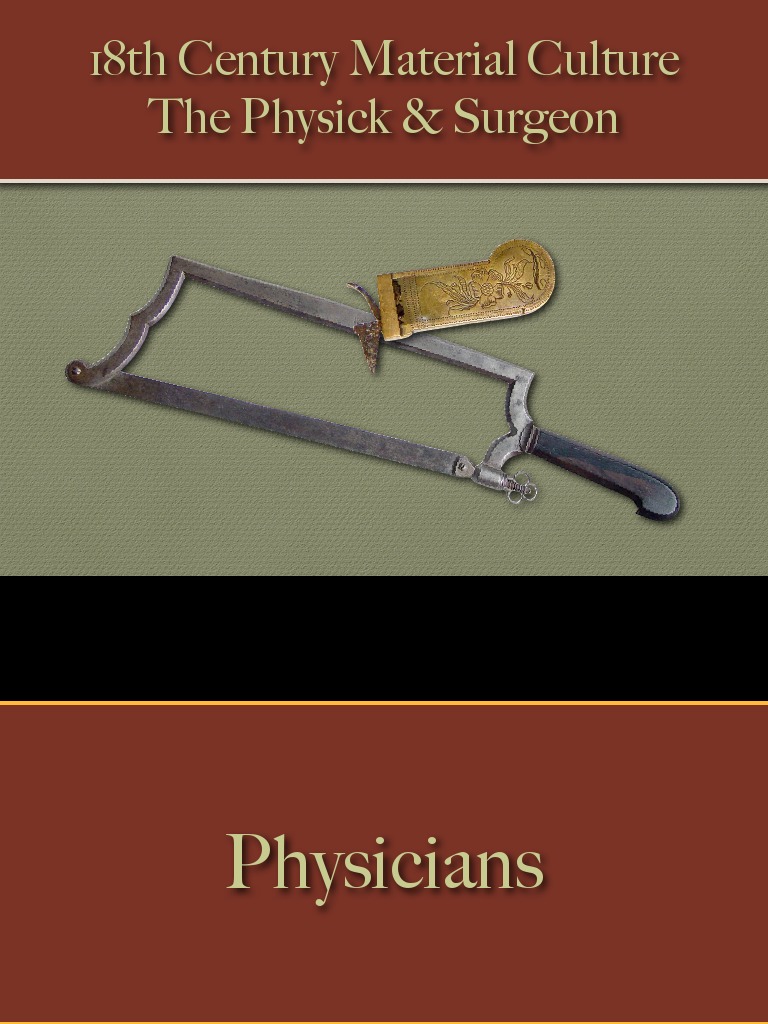The role of medical physicists often stirs curiosity, particularly regarding their association with surgery. A common misconception exists that medical physicists participate directly in surgical procedures, akin to surgeons or anesthesiologists. This observation intrigues many, as it implies a broader scope of influence within the clinical environment. To comprehend this misapprehension fully, one must delve deeper into the multidisciplinary nature of healthcare and the vital contributions medical physicists make to patient care, albeit from a distinctly different vantage point.
Medical physics sits at the intersection of physics, medicine, and engineering, functioning primarily within radiology, radiation oncology, and nuclear medicine. The paramount objective is to leverage physical principles to enhance healthcare delivery, ensuring patient safety, and optimizing treatment efficacy. Therefore, the role of the medical physicist is typically one of indirect involvement in surgical settings.
In the realm of surgery, medical physicists often collaborate with surgical teams, contributing their expertise in imaging and radiation. For instance, during procedures involving fluoroscopy, a form of real-time imaging, medical physicists ensure that appropriate radiation doses are administered to minimize exposure to patients and staff. Their profound understanding of ionizing radiation and its biological effects makes them crucial allies in the surgical setting.
Moreover, medical physicists engage in the meticulous calibration and maintenance of imaging equipment used during surgical interventions. The integration of advanced imaging modalities, such as positron emission tomography (PET) or computed tomography (CT), into the surgical environment requires stringent adherence to safety and performance protocols. Here, medical physicists ensure that the imaging equipment provides precise, high-quality images that are essential for surgical planning and execution.
Another critical area where medical physicists contribute is in the domain of brachytherapy, a form of internal radiation treatment where radioactive sources are placed close to or inside a tumor. Although this procedure can occur in conjunction with surgical interventions, it is predominantly the responsibility of the oncologist and medical physicist to ensure proper dosimetry. This meticulous planning and verification process underscores the medical physicist’s pivotal role in cancer treatment but distinguishes their activities from the act of surgery itself.
Furthermore, the application of medical physics extends into the realm of intraoperative imaging. This innovative approach allows surgeons to visualize tumors and adjacent structures in real-time, enhancing surgical accuracy and outcomes. Medical physicists play a vital role in the development, operation, and safety evaluation of these advanced imaging technologies, working alongside surgeons to refine and implement these protocols effectively. Their presence ensures that the technology meets rigorous safety standards, ultimately leading to improved patient care.
The fascination surrounding the misperception that medical physicists perform surgery may also stem from the interdisciplinary collaboration inherent in modern medical practices. A surgical environment thrives on synergy among various specialists. Surgeons, anesthesiologists, nurses, and medical physicists converge to provide comprehensive care. This collaboration exemplifies the importance of teamwork in achieving optimal patient outcomes, and it highlights the fact that every member of the healthcare team plays an indispensable role—albeit through different functionalities.
Moreover, the advent of robotics in surgery is further muddling the lines between the roles of various healthcare practitioners. With the evolution of robotic surgical systems, medical physicists are increasingly involved in the calibration and quality assurance of these intricate technologies. They ensure that surgical robots function correctly and safely during procedures. Their expertise in physics principles becomes instrumental in perfecting the intricate mechanics that facilitate precise surgical maneuvers.
While the intersection of medical physics and surgery is rich with collaborative opportunities, it is imperative to recognize that the educational pathways and skill sets for medical physicists differ starkly from those of surgeons. Medical physicists typically hold advanced degrees in physics or engineering, often supplemented by specialized training in clinical medical physics. In contrast, surgeons undergo rigorous medical education, including extensive surgical residency training. This foundational difference illuminates why medical physicists do not engage directly in surgical procedures.
In summary, although medical physicists do not perform surgery, their contributions to the surgical landscape are profound and multifaceted. Their primary functions include ensuring radiological safety, calibrating imaging technologies, and supporting innovative surgical techniques that enhance procedural outcomes. The deep-seated fascination with the possibility of medical physicists entering the realm of surgery suggests an appreciation for the complexity of modern medicine and the critical roles that various specialists play within it. Recognizing and valuing the unique expertise of each team member, including medical physicists, fosters a comprehensive approach to patient care that underpins successful surgical outcomes in today’s intricate healthcare milieu.












